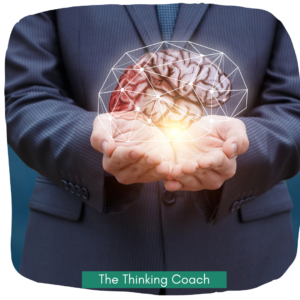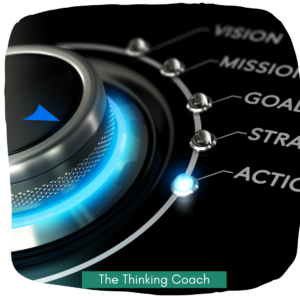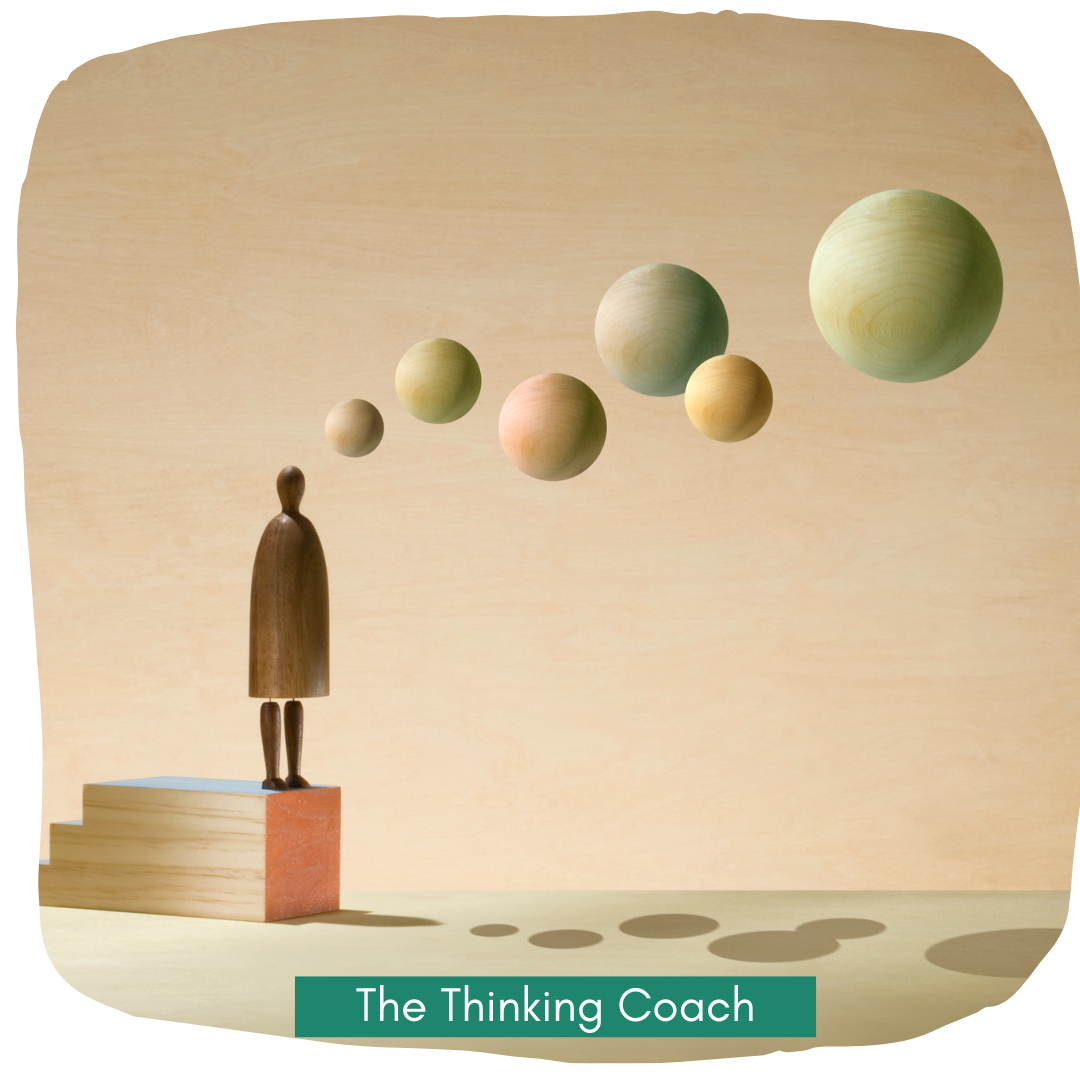Table of Contents
What is Systematic Thinking? The answer is simple and profound at the same time.
We are one system, not just our brain, it includes our mind, soul, blood, nerves, feelings and so much more.
Which means that you don’t just think with your brain. You need to think with the whole of youj if you wish to have extra ordinary intelligence.
It means that you slow down your process inside to give a chance to your mind to catch up and explore all the facts stored throughout your body, because we store information throughout our body, we are just not aware of it. We are a whole system, not just brains. Our brain is meant to interpret what we know throughout, and by the way, our brain is not our mind in the same way that our soul is not our spirit.
Therefore, systematic thinking is all about the big picture of the many lives that make you!
With that being written, systematic thinking is a powerful tool for personal and professional development. By understanding how different aspects of your life interconnect, you can make more informed decisions and achieve your goals more effectively.
Here’s a step-by-step guide to applying this approach to your life:
Key #1 – Laying the Foundation
Develop a Strategic Mindset: 
-
- Long-Term Perspective: Cultivate a long-term perspective, looking beyond immediate
- gratification and considering the long-term implications of your decisions. The long-term is the leader, never the short-term.
- Systems Thinking: Understand how different aspects of your life are interconnected, recognizing that changes in one area can impact others. For example, neglecting your health can affect your productivity and relationships, your emotions, your belief and value systems and more.
- Curiosity and Continuous Learning: Maintain a curious mindset and a commitment to lifelong learning. Seek out new knowledge and experiences to broaden your perspective.
- Adaptability: Be flexible and open to change. Embrace new ideas and be willing to adjust your plans as circumstances change.
- Give time to adapt to a much more deliberate way of thinking. Think, don’t link!
Define Your Vision and Values:
- Core Values: Identify your core values and what truly matters to you. These values should guide your decision-making and help you stay aligned with your goals. Remember, values are long-term!
- Ideal Future: Using systematic thinking envision your ideal future in various aspects of life, such as career, relationships, health, and personal growth. Remember to project, diligently so! Make sure the ideal has space for mistakes, ideal is not wishful thinking.
- Personal Mission Statement: Create a concise statement that encapsulates your purpose and aspirations. This statement will serve as a guiding light as you navigate your life. Read that statement 3 times in the morning as you wake up and 3 times before you go to sleep, and do it for a month.
Conduct a Personal SWOT Analysis:
- Strengths: Identify your unique talents, skills, and positive attributes.
- Weaknesses: Recognize areas where you need improvement or face challenges.
- Opportunities: Look for external factors or trends that can benefit you.
- Threats: Identify potential obstacles or risks that could hinder your progress.
Key #2 – Setting the Course
Set Strategic Goals:
- SMART Goals: One of the great ways to use systematic thinking is with the SMART criteria (Specific, Measurable, Achievable, Relevant, Time-bound) to define clear and actionable goals.
- Prioritization: Prioritize your goals based on their importance and alignment with your vision and values.
- Milestone Breakdown: Break down long-term goals into smaller, manageable milestones. This will help you stay motivated and track your progress.
Develop Action Plans: 
- Detailed Plans: Create detailed plans that outline the specific steps required to achieve each milestone.
- Resource Allocation: Allocate your resources (time, energy, money) effectively to support your goals.
- Obstacle Anticipation: Anticipate potential obstacles and develop contingency plans to address them.
- Key Performance Indicators (KPIs): Establish KPIs to measure your progress and track your performance.
Key #3 – Making Informed Decisions
Implement Strategic Decision-Making:
Information Gathering: Gather relevant information and data to inform your decisions.
 Alternative Exploration: Consider multiple options and their potential consequences.
Alternative Exploration: Consider multiple options and their potential consequences.
Trade-Off Evaluation: Assess the costs and benefits of each choice.
Critical Thinking: Challenge assumptions and avoid cognitive biases.
Goal Alignment: Ensure your decisions align with your long-term goals and vision.
Cultivate Strategic Relationships:
Networking: Build strong relationships with people who can support your goals and provide valuable insights.
Mentorship: Seek guidance from mentors who can offer advice and support.
Collaboration: Collaborate with others to achieve shared goals.
Key #4 – Continuous Improvement
Embrace Continuous Improvement:
- Progress Monitoring: Regularly review your progress and adjust your plans as needed.
- Reflection: Reflect on your experiences, both successes and failures, to learn and grow.
- Stay Informed: Stay up-to-date with industry trends and developments.
Manage Time Strategically: 
- Prioritization: Prioritize tasks based on their importance and urgency.
- Time Blocking: Use time-blocking techniques to allocate specific time blocks for different tasks.
- Delegation: Delegate tasks that can be effectively handled by others.
- Mindful Work: Practice mindfulness and focus on one task at a time to improve productivity.
Cultivate Resilience and Adaptability with Systematic Thinking:
- Mental Toughness: Develop mental resilience to overcome challenges and setbacks.
- Scenario Planning: Anticipate potential future scenarios and develop contingency plans.
- Embrace Change: Embrace change as an opportunity for growth and development.
- Learn from Failures: View failures as learning opportunities and use them to improve your future performance.
By consistently applying systematic thinking to your life, you can make more informed decisions, achieve your goals, and live a more fulfilling life. Remember, it’s not just about having a plan; it’s about continually adapting and improving your approach.
Ready to take your life to the next level? Let’s connect and discuss your goals.
Of course it is clear that in order to put to practice the above we all need outside help to monitor and evaluate our progress. I have done the above and my training will give you the necessary insights and boost to make your life a shining light that defies darkness.



Pingback: What The Decision-Making Process Is About- A Paradigm Shift In Attitude -1